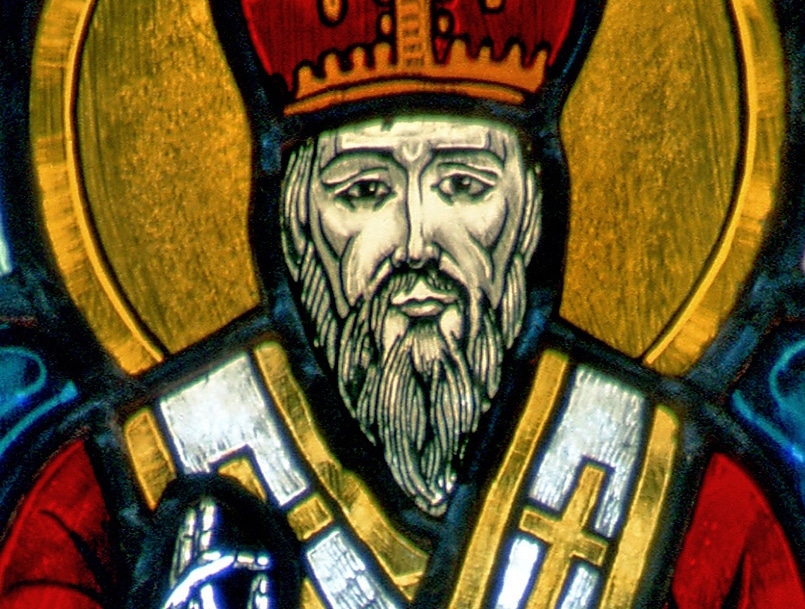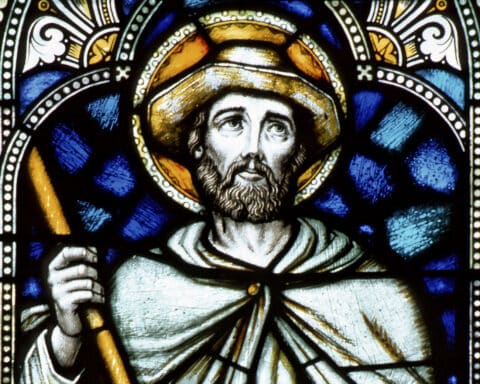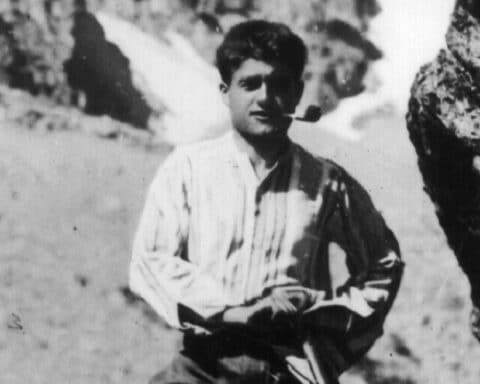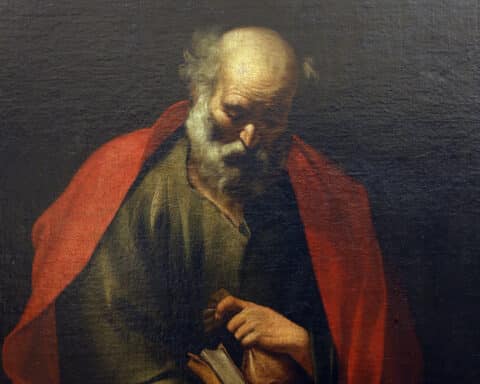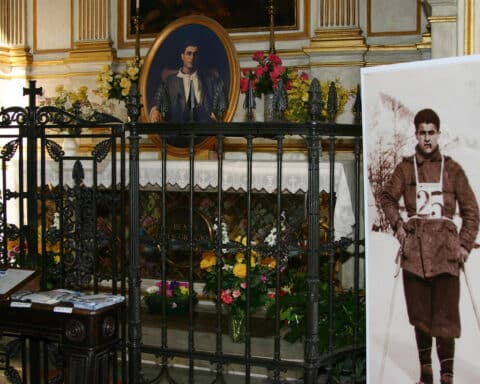St. Athanasius, Bishop and Doctor of the Church
Feast day: May, 2
Bishop of Alexandria and Doctor of the Church, St. Athanasius, who died in 373, is known as the “Father of Orthodoxy” for defending the true and equal divinity of the incarnate Son of God. A man with a sharp intellect but also of pristine character, St. Athanasius courageously fought for the integrity of the Creed. Not a speculative thinker, he held onto the Tradition, teaching, and faith proclaimed by the Apostles and guarded by the early Church Fathers. More recently, he was described by Pope Benedict XVI as a man living the truth that “those who draw near to God do not withdraw from men, but rather become truly close to them.”
St. Athanasius was the chief defender of Christian orthodoxy in the 4th-century battle against Arianism, the heresy that the Son of God was a creature of like, but not of the same, substance as God the Father. He held and proclaimed that not only was the Son of God “consubstantial” with the Father, but so was the Holy Spirit. As a deacon, he played a leading role at the First Council of Nicea in 325, where the definition of the Son was formulated as “consubstantial with the Father.” This belief, holding on to the Tradition of the Apostles, significantly influenced the development of later doctrines regarding the Trinity.
His courage and skill in debating at the Council of Nicea made St. Athanasius henceforth a marked man. For the rest of his life, he continued to lead the conflict against the Arians and was engaged in theological and political struggles against the Emperors Constantine the Great and Constantius II. Despite the unequivocal outcome of the Council, clearly affirming that the Son is of the same substance as the Father, erroneous ideas shortly thereafter recommenced and were upheld for political reasons.
Called the “Pillar of the Church” by many, St. Athanasius spent over 17 years of his time as bishop in five periods of exile ordered by four different Roman emperors as he defended the Faith. Although loved by the Catholic people, at one time St. Athanasius spent five years hidden in a deep, dry cistern to avoid assassination by his opponents. His place of refuge was known only by one trusted friend who secretly supplied necessary food. Ironically, in the end, St. Athanasius died peacefully in his own bed surrounded by clergy.
His important works include “The Life of St. Antony,” “On the Incarnation,” and “Four Orations Against Arians.” Reportedly, St. Athanasius was such a close friend of the desert father St. Anthony, that he received one of two sheepskins which St. Anthony left as his legacy.
The most famous doctrinal work of St. Athanasius is his treatise, “On the Incarnation,” in which he explains that the Son of God “was made man so that we might be made God; and he manifested himself through a body so that we might receive the idea of the unseen Father; and he endured the insolence of men that we might inherit immortality.” With reference to this and other works by St. Athanasius, St. John Henry Cardinal Newman described him as “a principal instrument after the Apostles by which the sacred truths of Christianity have been conveyed and secured to the world.”
Reflection
Dear God, may I live the full truth of the Catholic faith which you have given us. Help me to remain strong and uninfluenced by popular deviations or by personal gain.
Prayer
Almighty ever-living God,
who raised up the Bishop Saint Athanasius
as an outstanding champion of your Son’s divinity,
mercifully grant,
that, rejoicing in his teaching and his protection,
we may never cease to grow in knowledge and love of you.
Through our Lord Jesus Christ, your Son,
who lives and reigns with you in the unity of the Holy Spirit,
God, for ever and ever.

